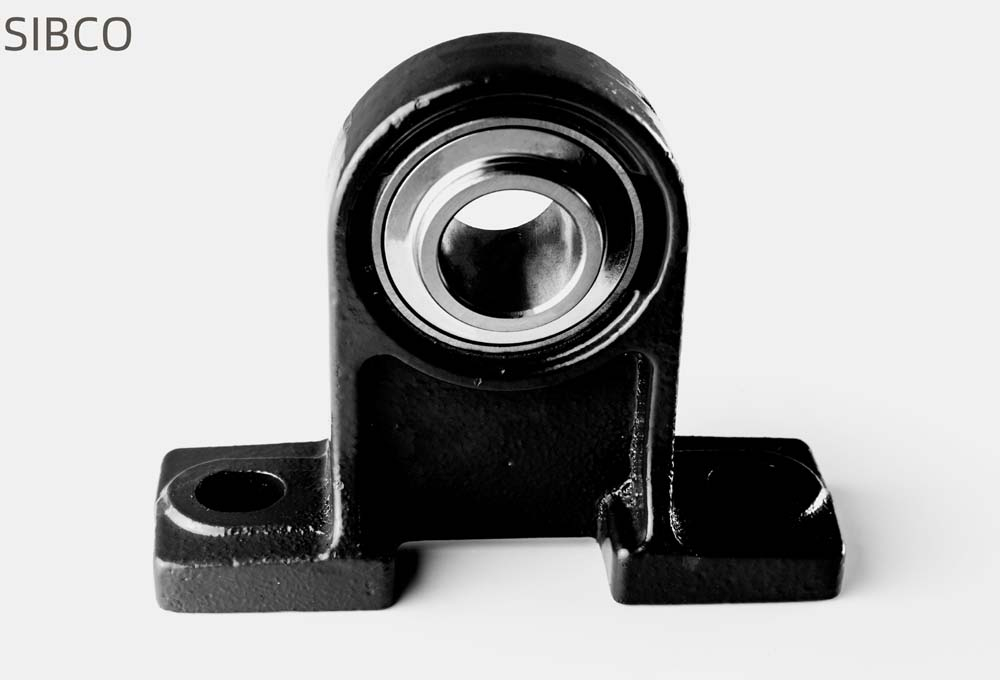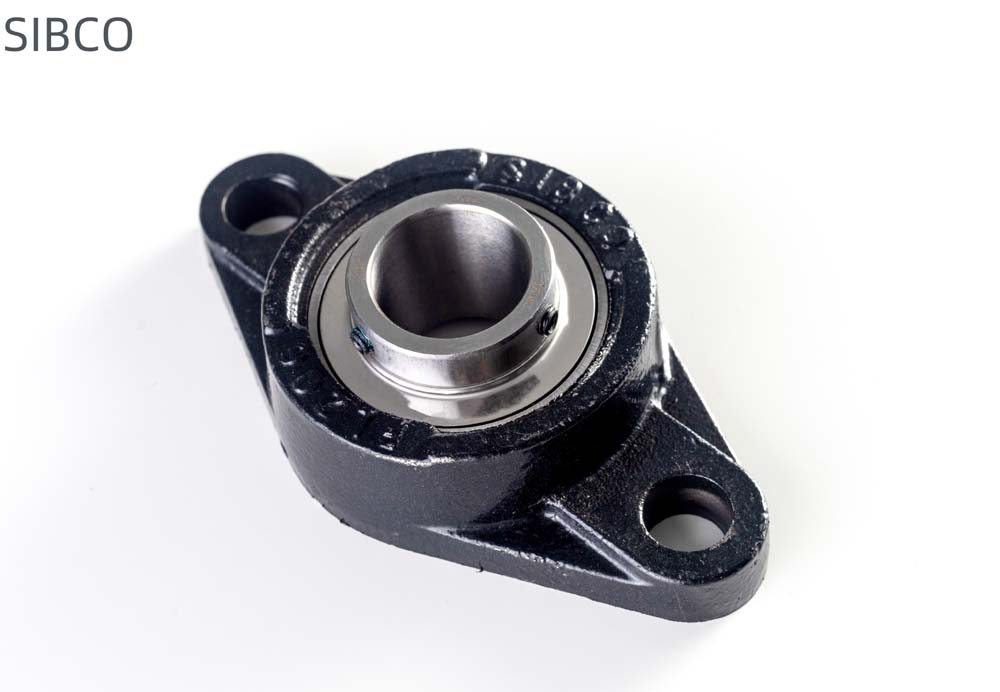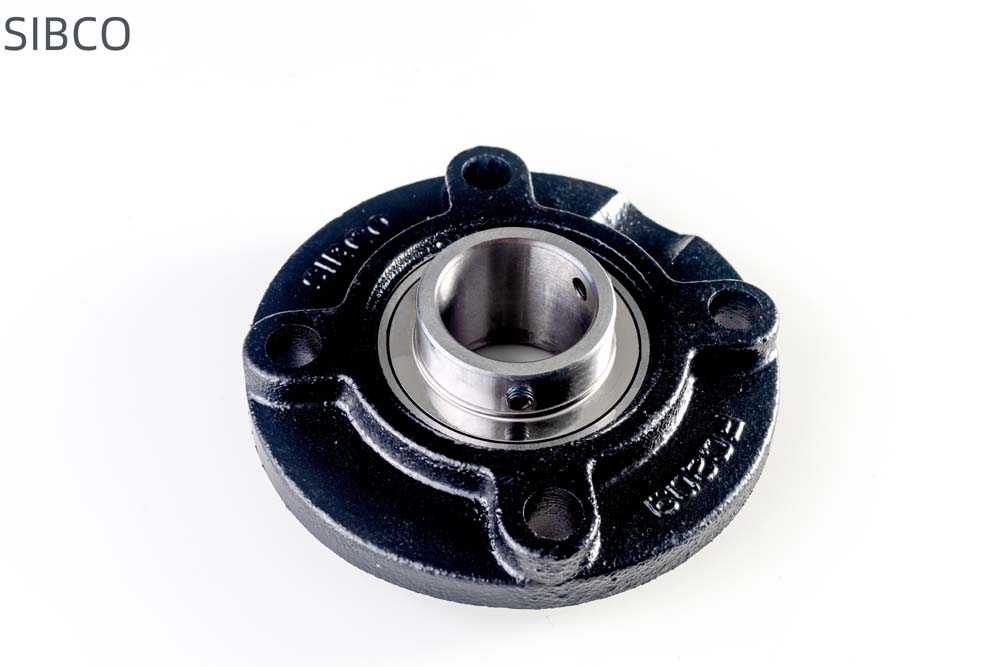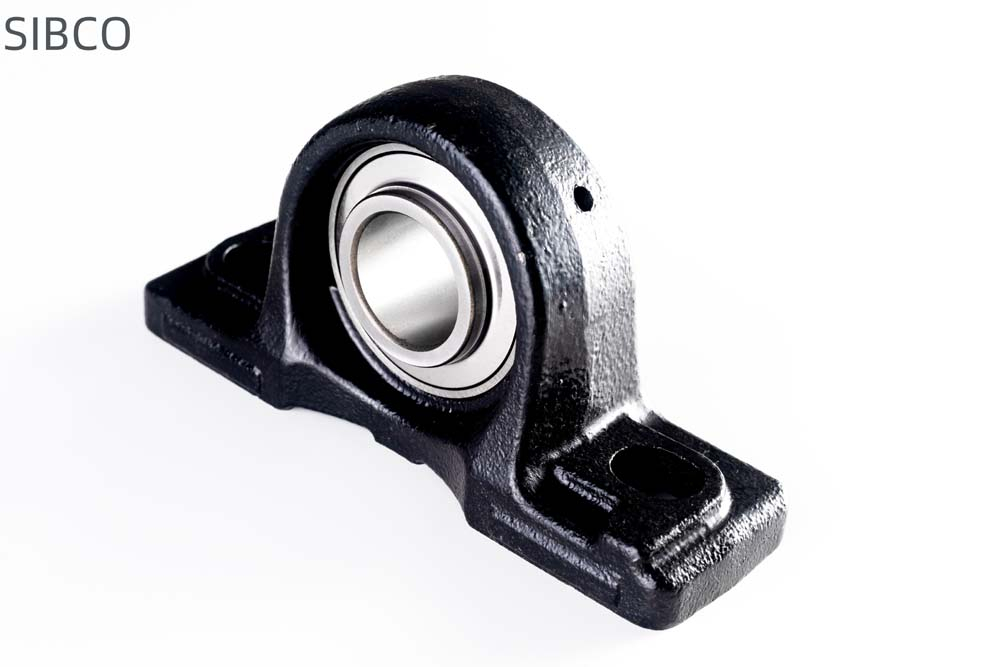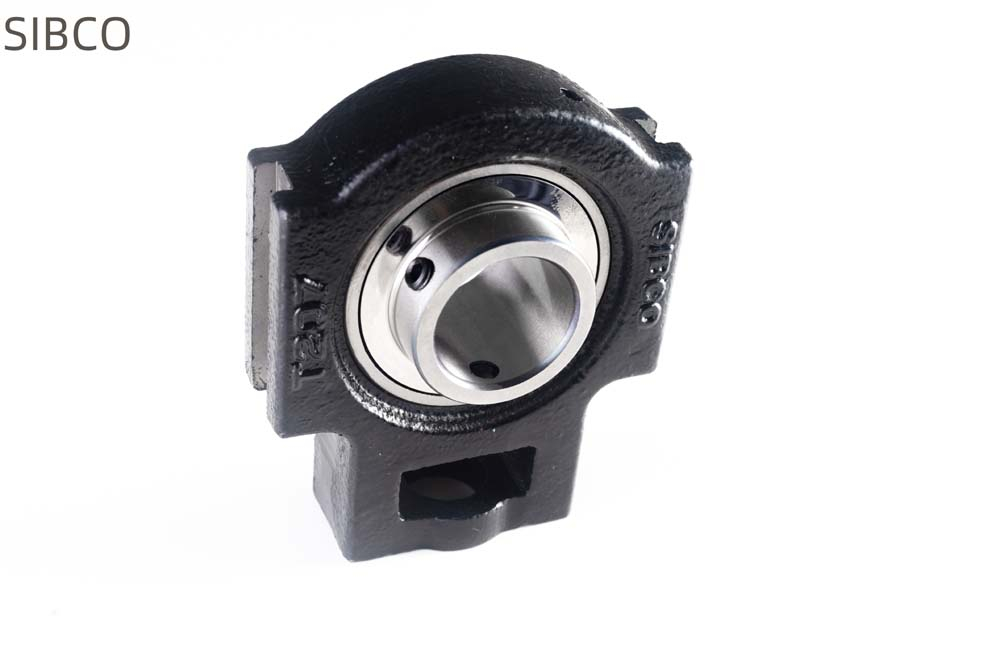Diagnosis management, operation inspection and fault handling of bearings
Release time:2025-04-23 hits:0次
In order to maintain long-term use of rolling bearings under good conditions, it is necessary to inspect and maintain the bearings. This inspection and maintenance is important for preventing faults in advance. According to the operating standards suitable for the machine's operating conditions, regular inspections and maintenance are generally carried out using the following methods:
3.1 Inspection during operation
Determine the timing of lubricant replenishment or replacement based on the inspection of bearing rolling sound, vibration, temperature, and the properties of the lubricant.
3.2 Disassembly and Inspection of Bearings
Fully observe the regular inspection and replacement of the machine to remove the bearings, check the condition of the raceway surface and whether there is any damage and whether it can be reused.
4、 Inspection and troubleshooting during operation
The inspection items during operation include bearing rolling sound, vibration, temperature, lubrication status, etc. The specific situation is as follows:
4.1 Rolling sound of bearings
Using a sound detector to check the size and sound quality of the rolling sound of the running bearings. Even if there is slight peeling or damage to the bearings, abnormal and irregular sounds will be emitted, which can be distinguished by the sound detector.
4.2 Vibration of bearings
Bearing vibration is very sensitive to bearing damage, such as peeling, indentation, rust, cracks, wear, etc., which will be reflected in bearing vibration measurement. Therefore, by using special bearing vibration measuring instruments (frequency analyzers, etc.), the magnitude of vibration can be measured, and the specific situation of abnormalities cannot be inferred through frequency differentiation. The measured values may vary depending on the usage conditions of the bearings or the installation position of the sensors, so it is necessary to analyze and compare the measured values of each machine in advance to determine the judgment criteria.
4.3 Temperature of bearings
The temperature of the bearing can generally be inferred from the temperature outside the bearing chamber. If the outer ring temperature of the bearing can be directly measured using oil holes, it is more appropriate. Usually, the temperature of the bearing gradually increases with the start of operation and reaches a stable state after 2-3 hours. The normal temperature of bearings varies depending on the machine's heat capacity, heat dissipation, speed, and load. If the lubrication and installation parts are suitable, the bearing temperature will rise sharply, resulting in abnormal high temperatures. At this time, the operation must be stopped and necessary preventive measures must be taken.
By using a thermal sensor, the working temperature of the bearing can be monitored at any time, and an automatic alarm or stop can be triggered when the temperature exceeds the specified value to prevent shaft accidents from occurring.
4.4 Lubrication
4.4.1 The role of bearing lubrication
Lubrication has a significant impact on the fatigue life, friction, wear, temperature rise, vibration, and other aspects of rolling bearings. Without proper lubrication, the bearings cannot function. Analysis of the causes of bearing damage shows that about 40% of bearing damage is related to poor lubrication. Therefore, good lubrication of bearings is an effective measure to reduce bearing friction and wear. In addition, the lubrication of bearings also has various functions such as heat dissipation, rust prevention, sealing, and shock mitigation. The role of bearing lubrication can be briefly explained as follows:
a. A layer of oil film is formed between the two rolling or sliding surfaces in contact, separating them and reducing friction and wear on the contact surfaces.
b. When using oil lubrication, especially when using circulating oil lubrication, oil mist lubrication, and oil spray lubrication, lubricating oil can take away most of the frictional heat inside the bearing, playing an effective role in heat dissipation.
c. When using grease lubrication, it can prevent external dust and other foreign objects from entering the bearing, providing a sealing effect.
d. Lubricants have the function of preventing metal corrosion.
e. Extend the fatigue life of bearings.
4.4.2 Comparison between grease lubrication and oil lubrication
The lubrication methods of bearings can be roughly divided into two types: grease lubrication and oil lubrication.
4.4.3 Lubricating with grease
Lubricating grease is a lubricant composed of base oil, thickeners, and additives. When choosing, one should choose lubricating grease that is very suitable for the bearing usage conditions. Due to different trademarks, there will be significant differences in performance, so attention must be paid when choosing. The commonly used lubricating greases for bearings include calcium based grease, sodium based grease, calcium sodium based grease, lithium based grease, aluminum based grease, and molybdenum disulfide grease. The amount of lubricating grease filled in the bearing is suitable to fill 1/2-1/3 of the internal space of the bearing. At high speeds, it should be reduced to 1/3. Excessive lubricating grease will increase the temperature rise.
4.4.4 Selection of lubricating grease
When selecting lubricating grease based on working temperature, the main indicators should be drip point, oxidation stability, and low-temperature performance. Drip point can generally be used to evaluate high-temperature performance, and the actual working temperature of bearings should be 10-20 ℃ lower than drip point. The use temperature of synthetic lubricating grease should be 20-30 ℃ below the drip point.
When selecting lubricating grease based on bearing load, lubricating grease with low needle penetration should be selected for heavy loads. When working under high pressure, in addition to low penetration, it is also necessary to have high oil film strength and extreme pressure performance.
When selecting lubricating grease based on environmental conditions, calcium based grease is not easily soluble in water and is suitable for dry and low moisture environments.
4.4.5 Oil lubrication
When grease lubrication is no longer suitable under high-speed and high temperature conditions, oil lubrication can be used. By circulating lubricating oil, a large amount of heat can be taken away. Viscosity is an important characteristic of lubricating oil, and its magnitude directly affects the fluidity of the lubricating oil and the thickness of the oil film formed between the friction surfaces. The viscosity of lubricating oil at the working temperature of bearings is generally 12-15 cst. The higher the speed, the lower the viscosity should be selected, and the heavier the load, the higher the viscosity should be selected. Common lubricating oils include mechanical oil, high-speed mechanical oil, turbine oil, compressor oil, transformer oil, cylinder oil, etc.
Oil lubrication methods include:
a. Oil bath lubrication
Oil bath lubrication is the most common lubrication method, suitable for lubrication of low and medium speed bearings. A part of the bearing is immersed in the groove, and the lubricating oil is carried by the rotating bearing parts and then flows back to the oil groove. The oil level should be slightly lower than the center of the lowest rolling element.
b. Drip oil lubrication
Drip lubrication is suitable for bearing components that require a quantitative supply of lubricating oil. The recommended amount of oil to be dropped is usually one drop every 3-8 seconds, as excessive oil will cause an increase in bearing temperature.
c. Circulating oil lubrication
Use an oil pump to transport the filtered oil to the bearing components, and filter and cool the lubricating oil after passing through the bearings before use. Due to the fact that circulating oil can take away a certain amount of heat and cool down bearings, this method is suitable for bearing components with high rotational speeds.
d. Spray lubrication
Dry compressed air is mixed with lubricating oil through a spray to form an oil mist. The air flow in the spray bearing can effectively cool the bearing and prevent impurities from invading. This method is suitable for lubrication of high-speed and high-temperature bearing components.
e. Jet lubrication
Use an oil pump to spray high-pressure oil into the bearing through a nozzle, and the oil injected into the bearing flows into the oil groove through the other end of the bearing. When the bearing rotates at high speed, the rolling elements and the cage also generate airflow at a considerable rotational speed, making it difficult to deliver lubricating oil to the bearing using conventional lubrication methods. In this case, high-pressure spraying must be used to spray lubricating oil into the bearing, and the nozzle should be placed between the inner ring and the center of the cage.
4.4.6 Solid lubrication
Under some special usage conditions, adding a small amount of solid lubricant to the lubricating grease, such as adding 3-5% of No.1 molybdenum disulfide, can reduce wear, improve compression and heat resistance. For special conditions such as high temperature, elegance, high vacuum, corrosion resistance, radiation resistance, and extremely low temperature, adding solid lubricant to engineering plastics or powder metallurgy materials can produce bearing parts with self-lubricating properties. For example, using adhesives to bond solid lubricant to the raceway, cage, and rolling elements can form a lubricating film, which has a certain effect on reducing friction and wear.
4.4.7 Supplement and replacement of lubricants
a. Interval for replenishing lubricating grease
Due to mechanical effects, aging, and increased pollution, the lubricating base filled in the bearing configuration will gradually lose its lubrication performance. Therefore, the lubrication rank needs to be continuously supplemented and updated. The interval time for lubricant replenishment may vary depending on the formation, size, and speed of the bearing. Figure 4-1 shows the approximate interval time for lubricant replenishment according to the operating time.
When the bearing temperature exceeds 70 ℃, the interval for replenishing lubricating grease should be reduced by half for every 15 ℃ increase in bearing temperature. Double sided sealed bearings are already filled with grease during manufacturing, and standard lubricating grease is used in these products. The operating temperature range and other properties are suitable for the specified occasions, and the amount of grease filled is also corresponding to the size of the bearing. The service life of the grease can generally exceed the bearing life, and lubricating grease does not need to be replenished except for special occasions.
b. Replacement cycle of lubricating oil
The replacement cycle of lubricating oil varies depending on usage conditions and oil quantity. Generally, when used in a good environment with operating temperature below 50 ℃ and less dust, it should be replaced once a year. When the oil temperature reaches 100 ℃, it should be replaced every 3 months or less.
 SIBCO Bearing
SIBCO Bearing
